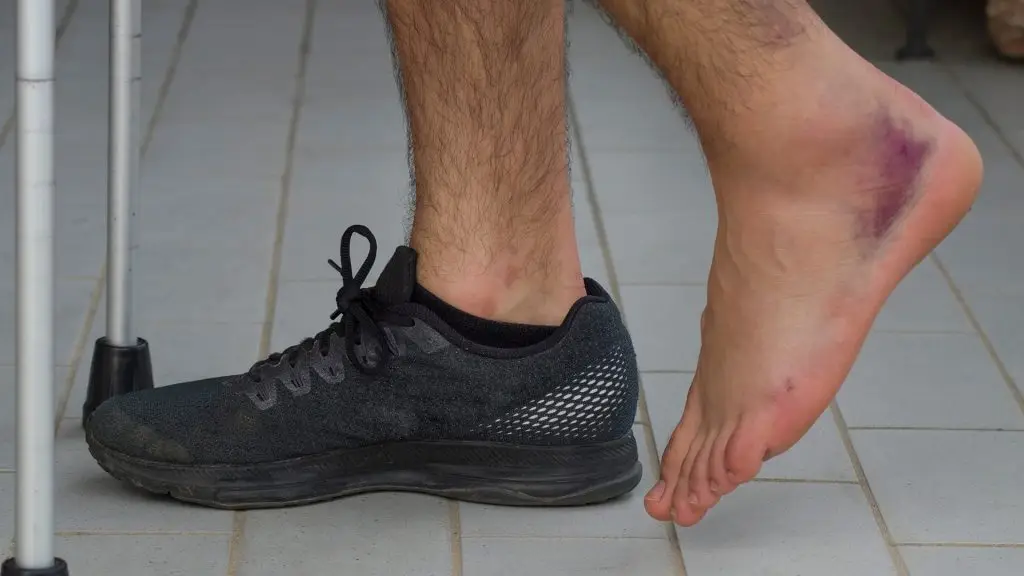Ankle Sprain, Instability and Osteochondral Defects (OCD’s)
Ankle Sprain – is an injury to the ligaments on either side of the ankle joint.
Ankle Instability – is where the ankle repeatedly gives way or feels unreliable, particularly on uneven ground.
OCD’s (Osteochondral Defect) – Damage to the ankle joint cartilage, often associated with severe lateral ligament injury.
It should be noted that all three conditions can co-exist.

How is it caused?
Most often the injury is associated with sporting activity but can follow a simple trip whilst walking.
Some patients will describe a ‘twisting’ injury or ‘rolling’ the ankle.
What are the symptoms?
A simple sprain is associated with pain and swelling which typically settles within a few days.
If the symptoms persist longer than a few days, then there may be significant damage to the ligaments and they may be stretched or torn. If the ligament doesn’t heal quickly then the patient can repeatedly injure the ankle and may cause further damage to the joint surface.
Deep-seated pain on weight-bearing inside the ankle joint can be an indication that the cartilage has been damaged and there may be an OCD.
Often these injuries can be missed if symptoms are misinterpreted as not being significant, which over time may result in a loss of muscle power and balance sensation.
How is it diagnosed?
Your surgeon will ask about history of injury, trips and falls, and clinical examination by a clinician with experience in dealing with these types of injuries. X-rays often do not help and can miss significant ligament and OCD injuries.
The preferred imaging is an MRI scan, but CT and Ultrasound scans can also be useful.
How is it treated?
What can I do?
If you are unable to walk or take weight though your foot, you should attend A&E to make sure you haven’t broken anything.
If you are able to walk, adhere to the RICE Principle (Rest, Ice, Compression and Elevation), as soon after the injury as possible. If you are not better in a day or two, you should see an appropriate specialist to ensure that you receive correct rehabilitation.
Non-Surgical Treatment
If picked up early and managed appropriately, many ankle sprains, both simple and complex, can be managed with appropriate physiotherapy and rehabilitation.
Surgical Options
For severe injuries or for patients where there has been a delay in diagnosis, surgery to stabilize the ankle can give a better outcome.
‘ArthroBrostrum’ or ‘InternalBrace’, – are two different types of surgical techniques used in the repair or reconstruction of the lateral ligament complex using keyhole surgery, which is also used to assess your ankle joint to establish if the cartilage is damaged.


















